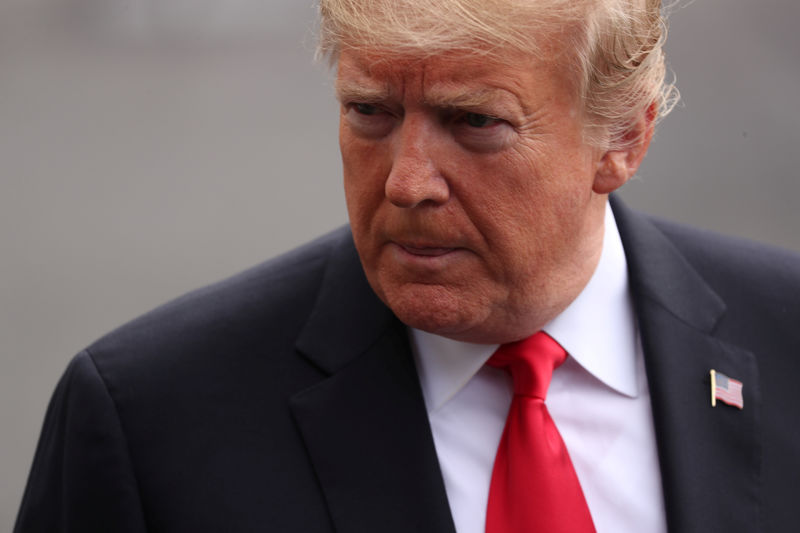Street Calls of the Week
Investing.com -- U.S. President Donald Trump is advocating a plan to utilize revenue from increased tariffs on imported goods to fund the extension of trillions of dollars in tax cuts. This proposal, which is an unprecedented shift, is expected to face resistance from numerous Republicans in Congress.
The U.S. collects less than $100 billion annually in trade penalties imposed on imported goods. This revenue is seldom discussed in Washington's routine budget debates, as it constitutes a small fraction of the federal government's income.
Despite not having imposed any import tariffs yet, Trump and his allies argue that he wants to use them in a similar manner to personal and corporate taxes, which make up the majority of U.S. revenues. The plan is to increase tariffs to help finance government programs and offset promised tax cuts.
Trump announced in his inaugural address on Monday that the aim is to tax foreign countries to benefit U.S. citizens. To achieve this, an External Revenue Service is being established to collect all tariffs, duties, and revenues.
However, generating enough tariff revenue to impact the U.S. budget significantly is a tall order, as tariffs have only accounted for about 2% of annual revenues in recent years.
Peter Navarro, a Trump aide, told CNBC on Tuesday that tariffs will be a crucial part of the tax-cut discussion. A 10% tariff could potentially generate $350 to $400 billion in revenue.
Republican budget hawks, worried about the reliability and sustainability of tariff revenue, as well as the potential dangers trade wars pose for individual districts and voters, are likely to resist. U.S. Representative Ralph Norman, a South Carolina Republican, believes that Trump would struggle to pass tariffs through Congress as legislation due to the varied impact of tariffs on different districts and companies.
Bobby Kogan, senior director of federal budget policy at the Center for American Progress, stated that while it is technically possible to find a tariff policy that would offset the Trump tax cuts, gaining the necessary votes would be challenging.
Majority Leader Steve Scalise of the House of Representatives stated that while Trump has hinted at implementing tariffs, the details are still unknown.
Importing companies pay tariffs on goods that enter the U.S., and it is commonly believed that importers are likely to pass the costs to consumers or accept lower profits.
The House Ways and Means Committee has included a 10% across-the-board tariff in its options to pay for extending the tax cuts. It is estimated that such a tariff regime would generate $1.9 trillion over 10 years. Extending the tax cuts Trump passed during his first term, which expire this year, would cost $4 trillion over 10 years.
Trump has also pledged to stop collecting taxes on workers' tips and payments to Social Security retirees, which would add hundreds of billions to the federal deficit without matching revenue or cuts.
Republicans are planning to enact these plans through a parliamentary process called "budget reconciliation" that doesn't require support from Democrats in the coming weeks.
With a slim majority in the House and a 53-47 seat margin in the Senate, Trump needs to convince budget hawks within his party that his plans won't add to the deficit. Democrats have been opposed to the majority of the Trump tax cuts.
The non-partisan Tax Foundation estimated that Trump's most extreme tariff proposals would raise about $3.8 trillion over the 10-year budget window, falling short of the $4.3 trillion needed to fully offset the cost of making the expiring tax cuts permanent.
Erica York, vice president of federal tax policy at the Tax Foundation, stated that using tariffs for revenue is "highly unusual and unprecedented" and that they are a highly inefficient way to raise revenue.
Experts have also noted that relying on tariffs to balance a budget makes little long-term sense due to how consumers react to them. Martin Muehleisen, a senior fellow at the Atlantic Council think tank, stated that if tariffs are successful in shifting domestic consumption to U.S. products, they would generate little revenue. If they are primarily designed to raise revenues, they would be inflationary and reduce economic growth.
This article was generated with the support of AI and reviewed by an editor. For more information see our T&C.
